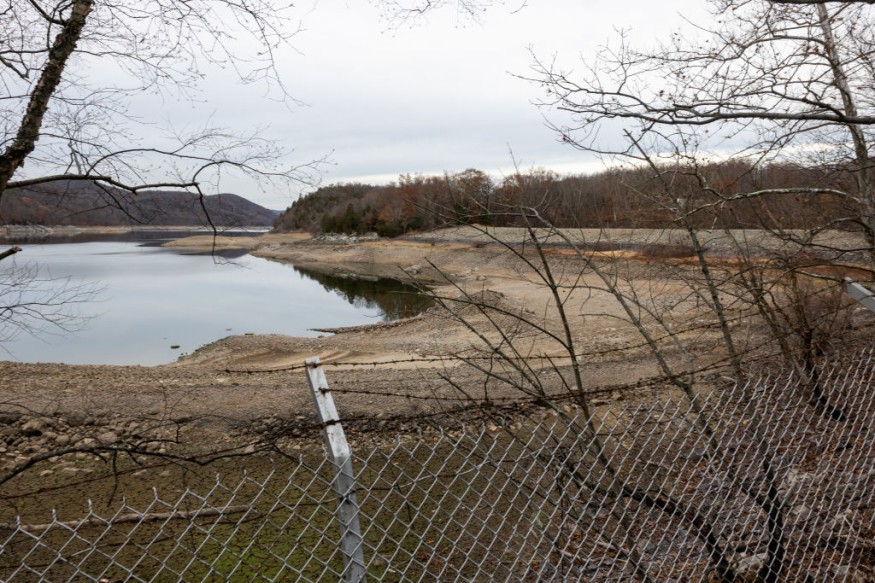
Global temperatures have spiked alarmingly in recent years, with 2023 marking a critical threshold. Scientists recorded a near 1.5-degree Celsius rise above pre-industrial levels, putting the world precariously close to the Paris Agreement's limit.
Alongside rising sea levels, melting glaciers, and intense ocean heat waves, this sudden warming surge is now linked to unexpected changes in Earth's cloud patterns, according to a groundbreaking study by the Alfred Wegener Institute (AWI).
Global Warming Spike Linked to Declining Low-Altitude Clouds
Researchers have long blamed global warming on greenhouse gas emissions and natural phenomena like El Niño.
However, these known factors fall short of explaining a mysterious 0.2-degree Celsius rise in global temperatures.
AWI scientists believe changes in cloud cover, particularly the reduction in low-altitude clouds, may bridge this "explanation gap."
Clouds act as Earth's temperature regulators. Low-altitude clouds, in particular, reflect sunlight back into space, providing a cooling effect. When these clouds decrease, the planet absorbs more sunlight, intensifying warming.
According to Earth.com, this phenomenon, known as the albedo effect, plays a critical role in maintaining Earth's energy balance.
In 2023, the planet's albedo — the percentage of sunlight reflected — dropped to its lowest level since records began in 1940.
This decline, concentrated in the northern mid-latitudes and tropics, aligns with unusual heat records over the Atlantic Ocean, a hotspot for global temperature anomalies.
Several factors contribute to the drop in low-altitude cloud cover. Reduced atmospheric aerosols, driven by stricter marine fuel regulations, limit the particles needed for cloud formation.
Aerosols also help reflect sunlight, so their reduction exacerbates warming. Natural climate cycles and ocean feedback may also play a role, but scientists suspect a more worrying feedback loop: as global warming increases, it may further reduce low cloud cover, accelerating temperature rises.
Cloud Loss May Shrink Remaining Carbon Budgets
This feedback loop could signal a grim future. If warming-induced cloud loss continues, the planet may surpass the critical 1.5-degree Celsius threshold sooner than expected.
Such a breach would shrink the remaining carbon budgets outlined in the Paris Agreement, intensifying the need for urgent action to curb emissions and adapt to a warming world, ScienceDaily said.
The study underscores the intricate role clouds play in Earth's climate. Without low clouds to offset greenhouse gas-driven warming, the world faces a sharper climb in temperatures, amplifying extreme weather events and threatening ecosystems.
Scientists stress that understanding and addressing these cloud patterns is critical to managing future warming. The findings highlight the urgent need for global cooperation to mitigate the effects of climate change before crossing irreversible thresholds.
© 2025 NatureWorldNews.com All rights reserved. Do not reproduce without permission.





